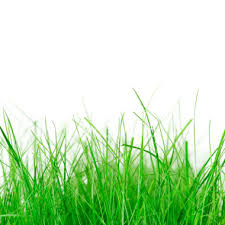Team members
Names / Roles:
- Lee Yue Ling (Leader)
-Tu Yang Lin (Wiki Writer)
-Isabel Thum (Wiki Writer)
-Benedict (Researcher)
Overview
This article is about the North American Great Lakes. For the African lakes, see African Great Lakes. For region, see Great Lakes region (North America). For other uses of this term, see Great Lakes (disambiguation). The Great Lakes are a collection of freshwater lakes located in northeastern North America, on the Canada – United States border. Consisting of Lakes Superior, Michigan, Huron, Erie, and Ontario, they form the largest group of freshwater lakes on Earth by total surface and volume.[1][2] The total surface is 208,610 km2 (80,545 sq mi), and the total volume is 22,560 km3 (5,412 cu mi) The lakes are sometimes referred to as the North Coast or "Third Coast" by some citizens of the United States. The Great Lakes hold 21 percent of the world's surface fresh water
In this section, include a brief description of the allocated ecosystem. You should include the following information:
- Location of the ecosystem
- North American Great Lakes
- Description of ecosystem
- wet tropical system from the south and the Gulf of Mexico
- Biodiversity of ecosystem (richness of life in ecosystem)
- These, of course, also affect aquatic food chains, fish populations, and human health
Physical Factors
Search the Internet for information on the following physical factors in the allocated ecosystem.
- Light (availability of sunlight in the ecosystem),
- Temperature (temperature of the ecosystem),
- Water (water quality in the ecosystem),
- Salinity (freshwater or seawater found in the ecosystem).
- Air (quality of air in the ecosystem),
- pH of the environment (how acidic or alkaline the ecosystem is),
- mineral salts (availability of nutrients and mineral salts in the ecosystem)
Classification of Living Organisms
Classify at least eight of the living organisms found in the allocated ecosystem into the categories below:
- Producers
- Primary Consumers
- Secondary Consumers
- Tertiary Consumers
- Decomposers
For each of the living organism, find a picture and write a short description on the organism. You may wish to include feeding habits, region in the ecosystem where it is normally found etc.

-The green grass is the
producer and the primary
consumer will feed on it.
http://iacmusic.com/artist.aspx?id=93012
Food Web
Create a food web using at least eight of the living organisms listed above. You may wish to use Microsoft PowerPoint to create your food web. Save your food web as a picture. Finally copy and paste your picture in this section of your wiki.
-
Interrelationship in Ecosystem
Give at least one example for each of the following relationships in the ecosystem:
- Predator-prey relationship
- Parasitism
- Mutualism
Useful Links
Plagarism is a strongly discouraged.
Include the links of all websites you obtained information from to complete your ecology wiki.
For example:
Wild World @ nationalgeographic.com ( http://www.nationalgeographic.com/wildworld/terrestrial.html )
- [Name of website] (website address)
- [Name of website] (website address)
- [Name of website] (website address)
- [Name of website] (website address)
Comments (0)
You don't have permission to comment on this page.